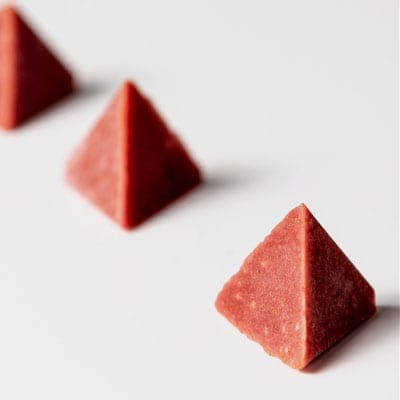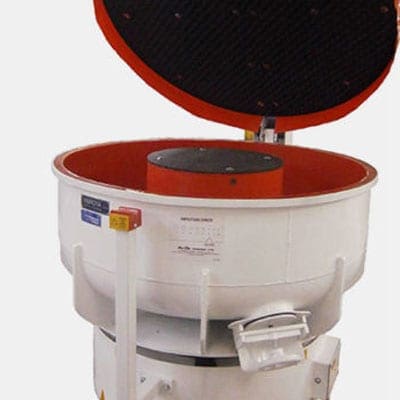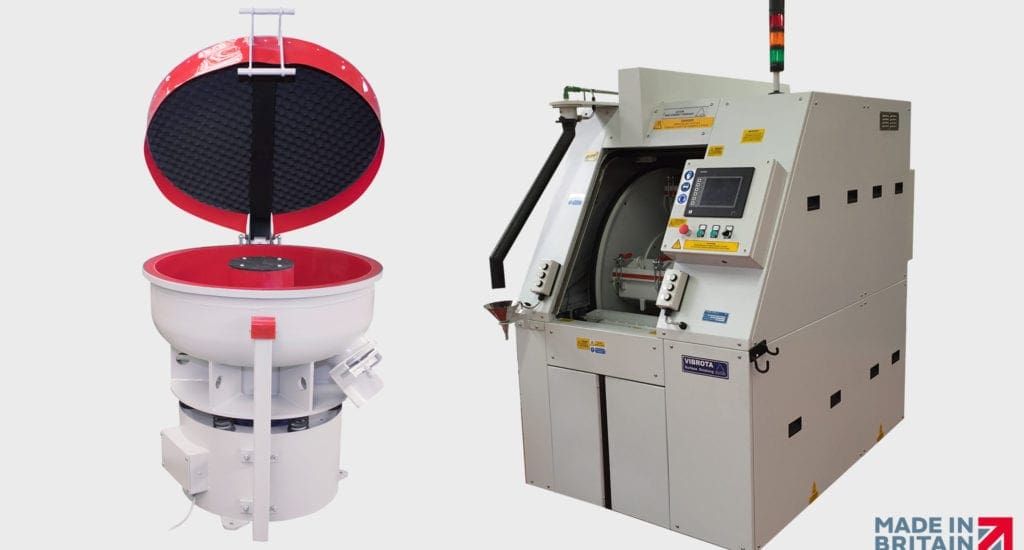
In the manufacturing process of components, finishing is used across a wide range of industries to achieve a desired result.
From medical implants to jewellery, the choice of what surface finishing machine to use will have an impact on both the process and the outcome.
As the UK’s leading experts in designing and developing machinery and consumables for mass finishing applications, at ActOn Finishing we understand it can be confusing trying to understand the difference between Vibratory Finishing or Centrifugal High Energy Finishing.
To help you decide what is best for your part, we’ve taken a closer look at both finishing options.
What is Vibratory Finishing?
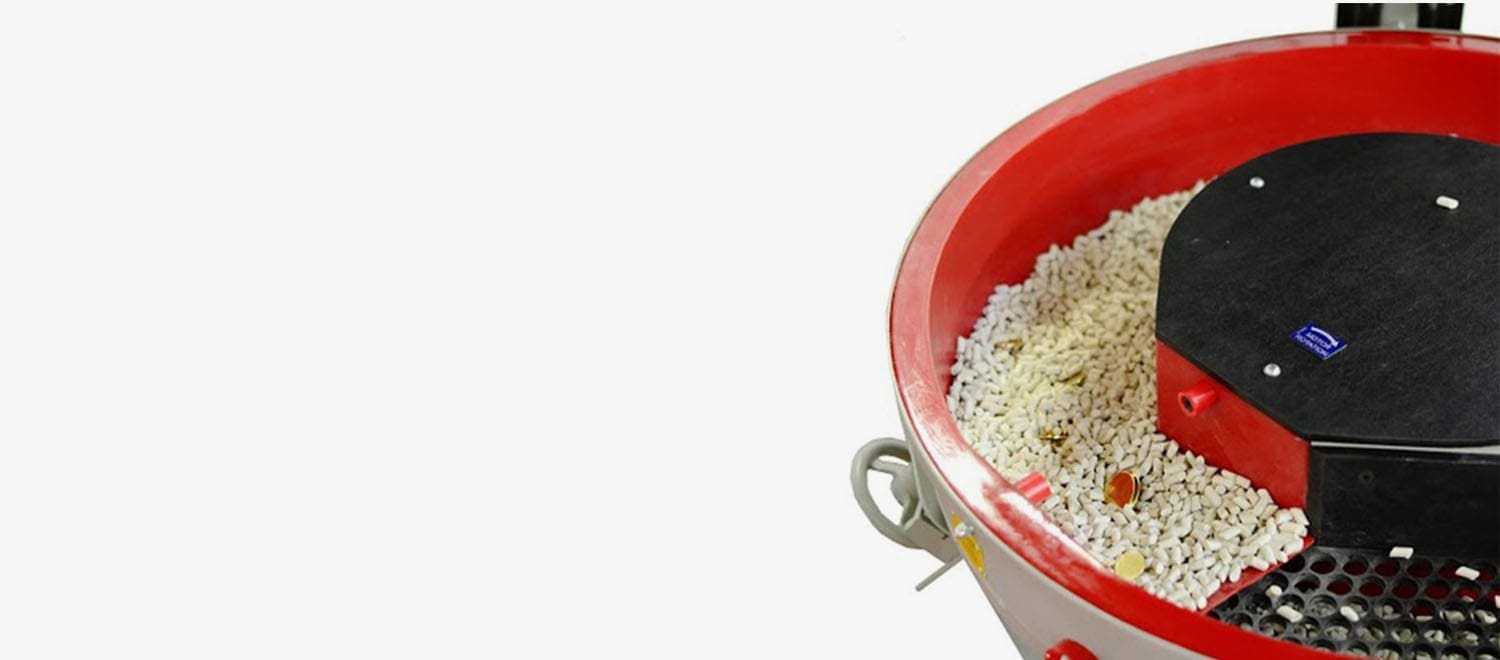

Vibratory Finishing is a process that automates the mechanical and chemical finishing of various shaped parts.
A combination of media, parts and compound are placed in a vibrating surface finishing machine and moved in a circular motion for the media to grind against the part to get the desired finish.This circular motion means there’s a low probability of damaging delicate or large parts.
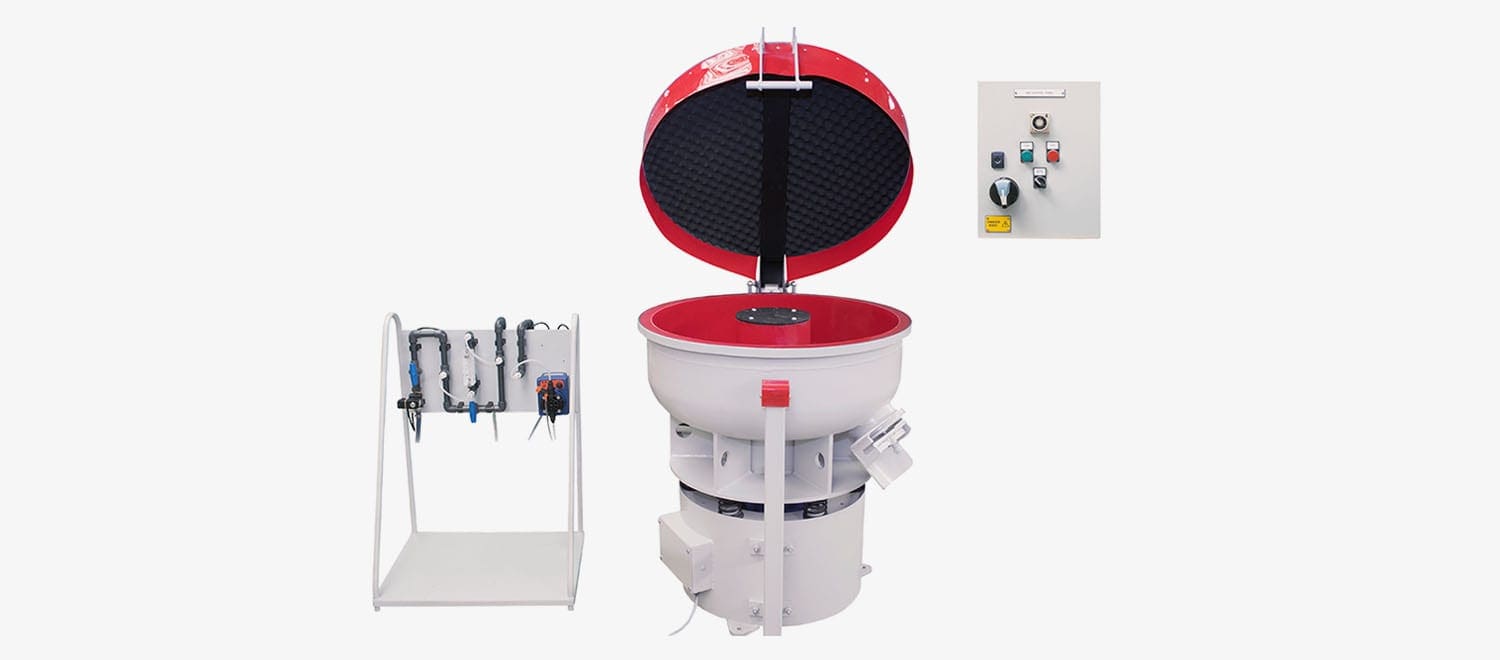

It’s a cost effective finishing solution and the Vibratory Finishing systems can be custom built to suit different applications, from deburring, descaling and degreasing to burnishing, brightening and corrosion protection.
Compared to manual finishing, this process is quicker and offers a more consistent finish, avoiding high part rejects rates. With Vibratory Finishing you can also process components with corners, holes, cavities and slots.
Is Vibratory Finishing right for me?
To identify whether Vibratory Finishing is right for you and to ensure you achieve the desired results, you’ll need to run a finishing trial. This will involve gathering important information such as details about your part, identifying the right size media, compound and finishing process along with considering what vibratory machine to use.
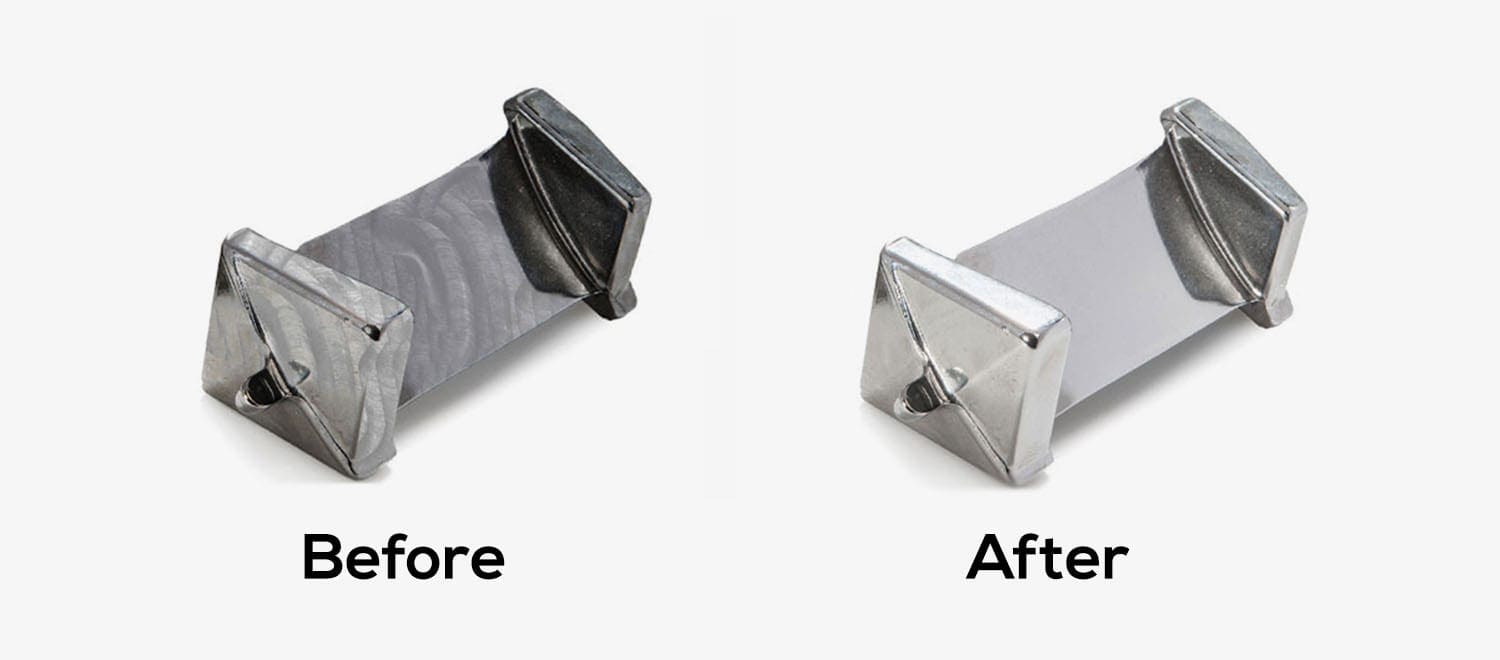

What is CHE Finishing?
Centrifugal High Energy (CHE) Finishing is a process that delivers superior results in a short space of time, that often cannot be achieved in a standard vibratory surface finishing machine.
CHE Finishing machines are used when applications need to achieve a high surface finish requirement such as a mirror finish, achieving a significant reduction in surface roughness or for the removal of heavy manufacturing defects.


With a variety of applications, CHE Finishing can give you an aggressive cut-down; yet it is precise enough to give a mirror shine to most of your delicate components. It’s one of the most efficient batch finishing methods.
The machines are designed to perfection, engineered to maximise output and reduce process times by generating a very high gravitational force. In comparison to Vibratory Finishing, CHE Finishing can be 10 times faster and produce superior finishes.
Is CHE Finishing right for me?
You’ll also need to run a finishing trial to identify if CHE Finishing is the right process for your part. This will determine the correct media, compound, vibratory finishing machine and other process parameters which will ensure repeatability in results.
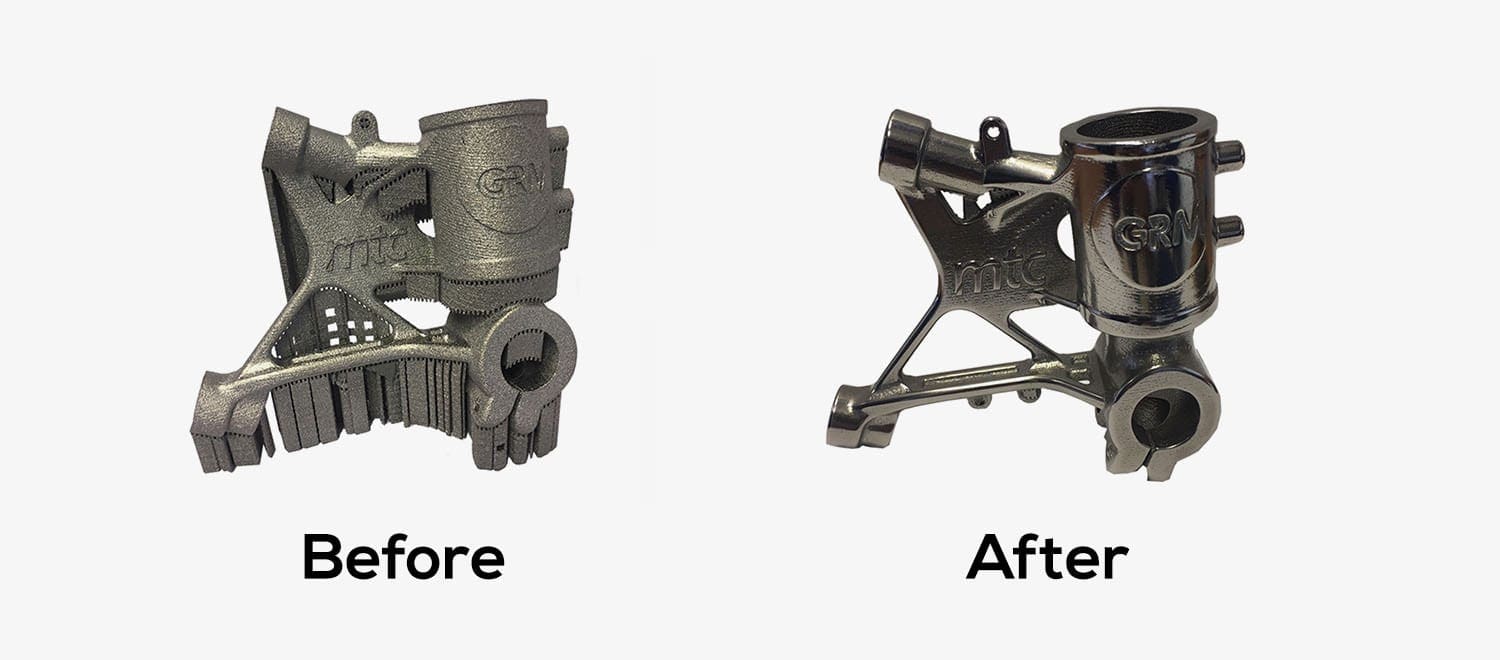

Discover the right surface finishing machine for your part
Armed with your newfound knowledge of Vibratory Finishing and CHE Finishing, it’s time to get going with your finishing trial to establish the right process for your part.
To help you along the journey and make sure you keep on track, our specialists with decades of experience in this field are available to answer your specific questions in vibratory finishing. Why not drop us a message or call 024 7646 6914 to see how we can help.
FAQs
What is a vibratory finishing machine?
As a common finishing method in the manufacturing industry, vibratory finishing is an efficient process used to optimise all types of small products and parts. Vibratory finishing machines help you clean and deburr products at a faster pace.
What is vibratory deburring?
Vibratory deburring removes the rough edges from parts and enables them to fit together more efficiently. This leads to fewer part rejections as well as improved safety. In addition, deburring is an important step in preparing parts for painting.
How does vibratory polishing work?
In this stage a combination of media, parts and compounds are placed in a vibrating machine. The vibrations cause the contents to move in a circular motion and the media to grind against the part to get the desired finish.
What is a tumbling barrel?
Barrel finishing, also known as barrel tumbling or vibratory finishing, is a surface improving operation in which a mixture of parts, media and compounds are placed in a six- or eight-sided barrel and rotated at a predetermined speed for the purpose of rounding corners, deburring, grinding, descaling, deflashing, improving surface finish and much more.
What are the different types of finishing?
There are several types of metal finishing such as metal plating, chemical finishing or coating, grinding, buffing, electroplating, and sandblasting. Each process has basic steps with all processes beginning with surface preparation. Metal finishing processes can include anything from technical processes to buffers.
